News WOSCU
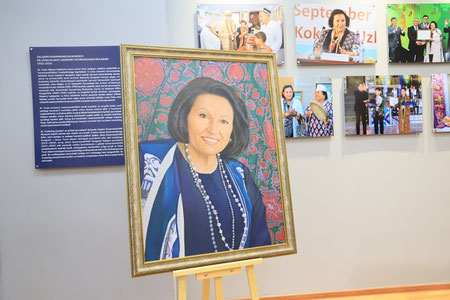
An international museum of artisans opened in Kokand. She was named after Ghada Kaddumi
Read more...
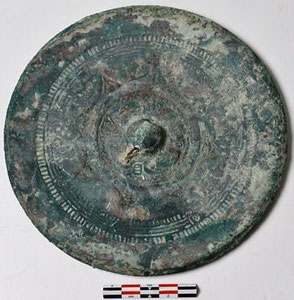
Findings of Kuldortepa: mirror of the Han dynasty, Sogdian coins
Read more...
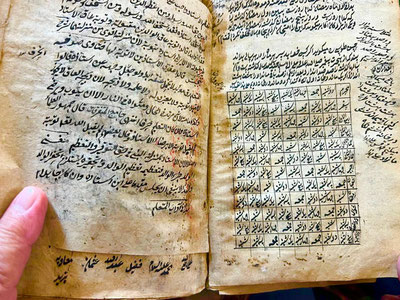
Akhsikent Treasure: Rare Manuscripts and Coins Arrived
Read more...
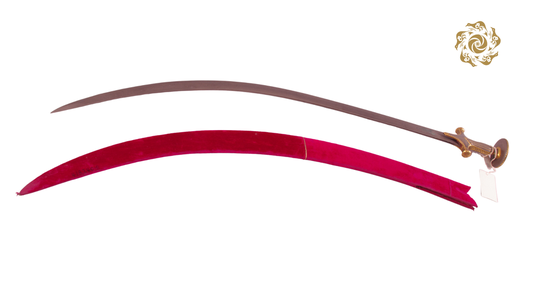
Monument of the Baburian period: a history of one sword
Read more...
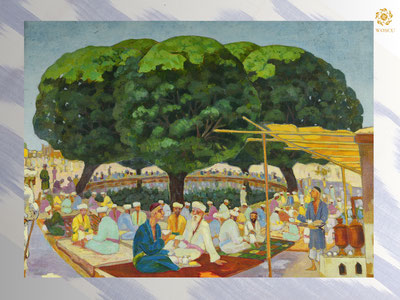
The stage work that discovered Urol Tansykbayev as a theater artist
Read more...
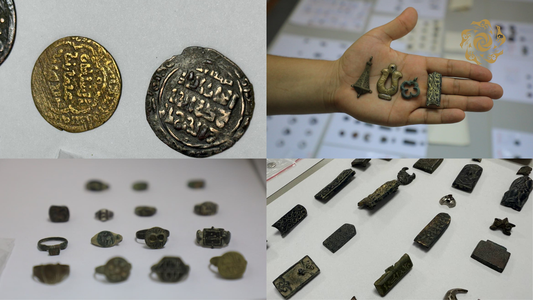
325 ancient coins and items were preserved
Read more...
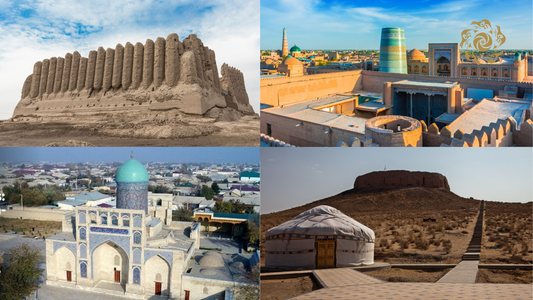
A tourist corridor-ring has been developed, covering UNESCO World Heritage sites
Read more...
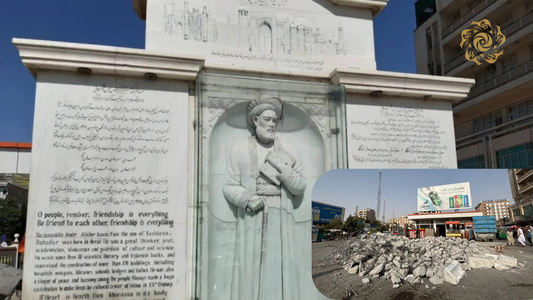
A statue of Navoi was demolished in Afghanistan. The Ministry of Foreign Affairs of Uzbekistan responded
Read more...
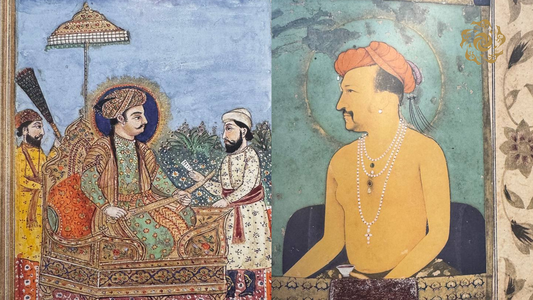
"Timurid Genealogy": Nuriddin Muhammad Jahangir
Read more...
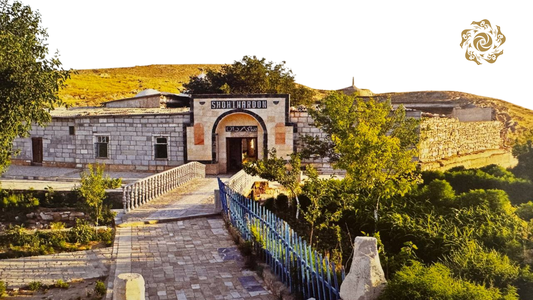
Navoi's "Shohimardon": a call to seek knowledge in inscriptions
Read more...
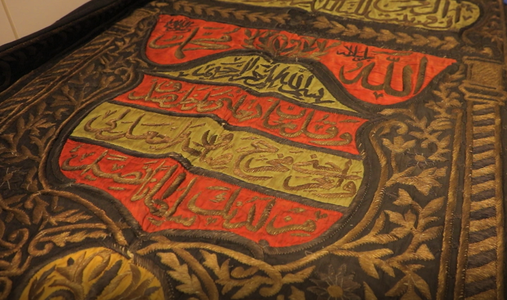
Unique artifacts were brought from Saudi Arabia
Read more...
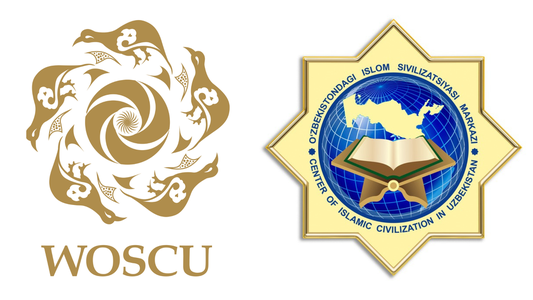
WOSCU donates historical items to the Center of Islamic Civilization
Read more...
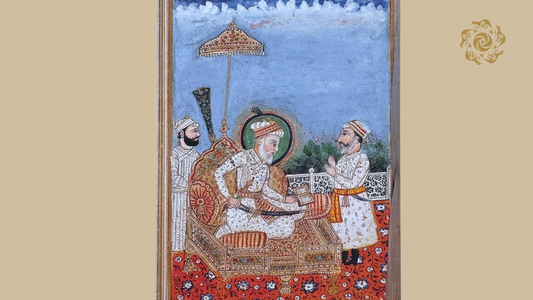
Did the Baburids conduct state affairs in the Uzbek language?
Read more...
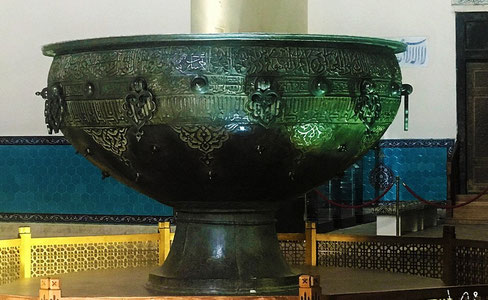
A copy of the 600-year-old cauldron, commissioned by Amir Timur, will be made
Read more...
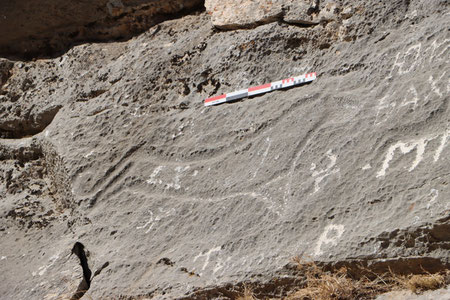
Unique rock paintings of the Nurata mountain range have been documented
Read more...
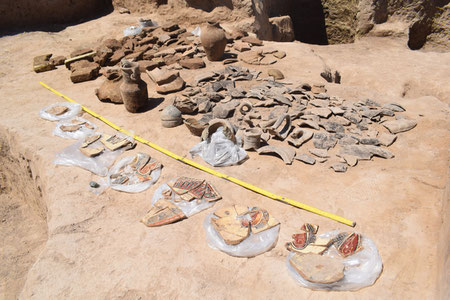
Archaeologists of the Khorezm Academy of Ma'mun have obtained the finds of the Renaissance
Read more...
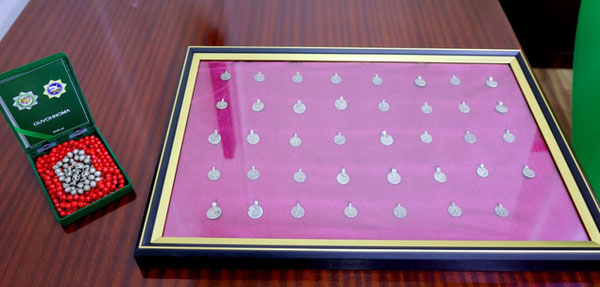
The Customs Committee handed over about 300 ancient coins and jewelry to the CIC
Read more...
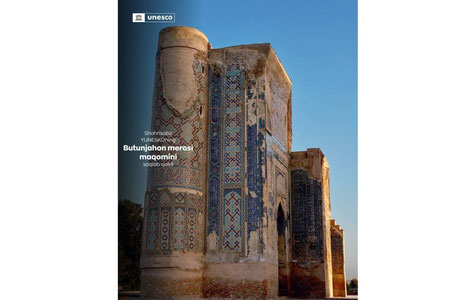
Shahrisabz's status in the UNESCO World Heritage List has been preserved
Read more...
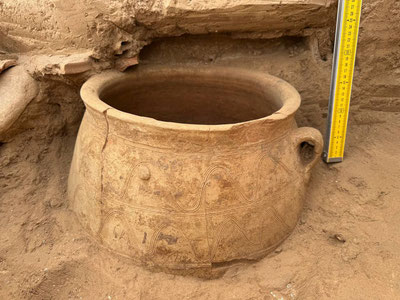
A pot vessel found in Dalverzintepa. What makes it unique?
Read more...
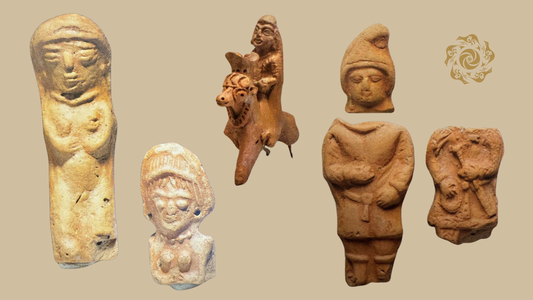
Goddess, horseman, musician, weeping... Female and male figurines found in Samarkand
Read more...
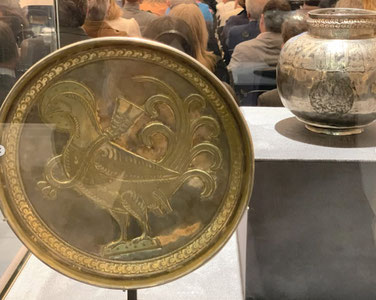
Return of historical artifacts: a symbol of memory, national identity, and recognition of Uzbekistan's role in preserving heritage
Read more...
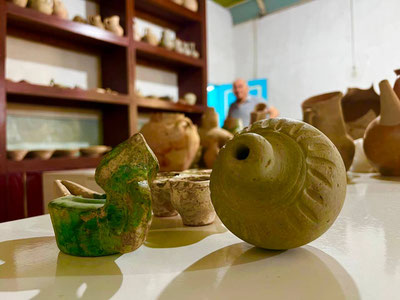
Archaeologists discovered a rare treasure in Akhsikent
Read more...
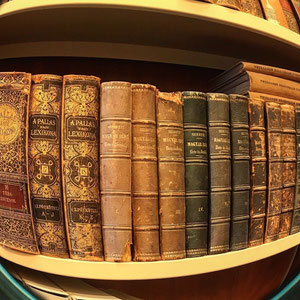
In Hungary, courses on the preservation and digitization of manuscript heritage will be organized for specialists of Uzbekistan.
Read more...
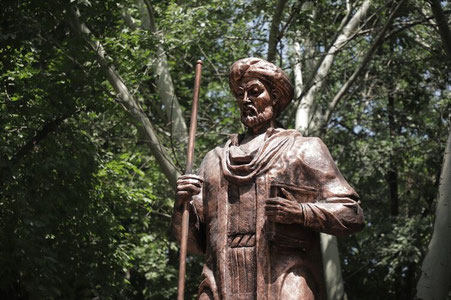
A monument to Alisher Navoi was erected in the city of Osh
Read more...
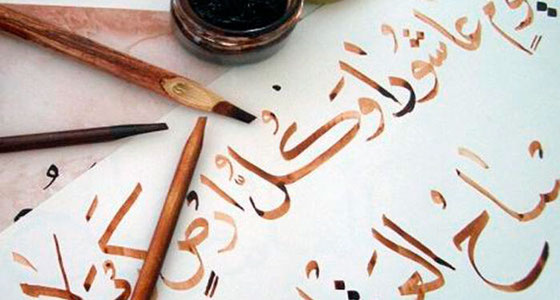
International School of Calligraphy and Book Art to be established in Uzbekistan
Read more...
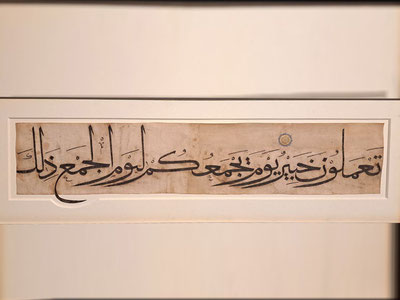
Do you know about the huge copy of the Quran commissioned by Amir Temur?
Read more...
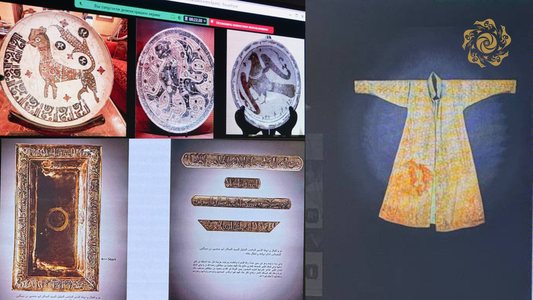
Selected exhibits from London auction houses were presented
Read more...
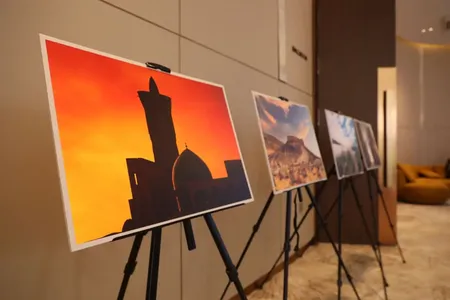
Photo exhibition "New Uzbekistan" was organized in Mongolia
Read more...

From London to Uzbekistan: historical artifacts are planned to be returned to our country
Read more...
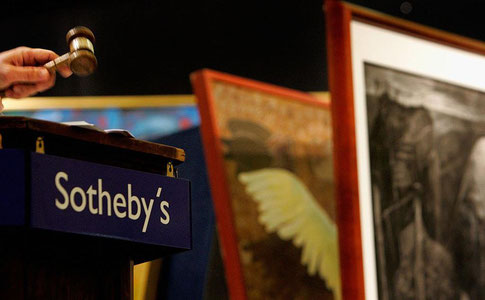
Cooperation with prestigious auction houses is reaching a new level
Read more...
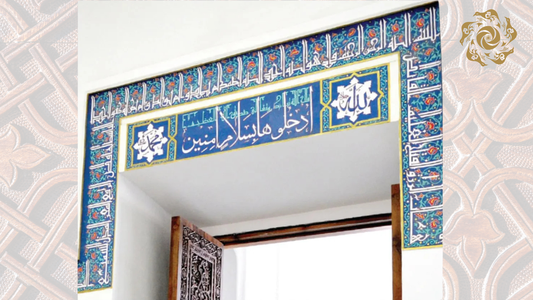
In what fields were the types of letters in the Arabic script used?
Read more...
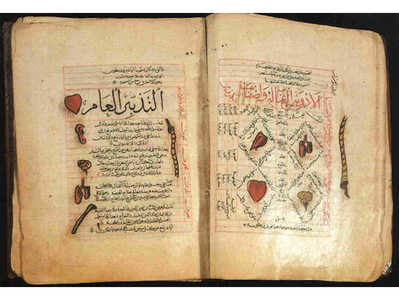
Project "Rare Manuscripts of Uzbekistan in World Collections": Expeditions to more than 20 countries
Read more...
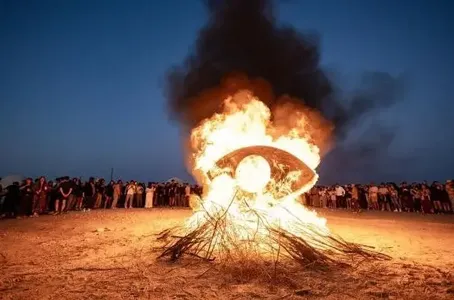
A new international art festival "YONAR" will be held in Uzbekistan
Read more...
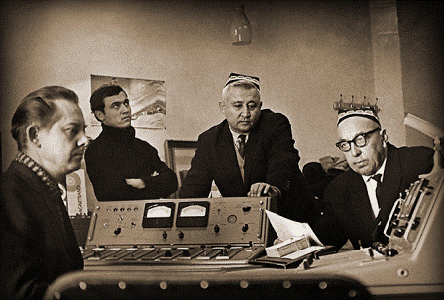
Phono-archival samples of Uzbek music stored in Russia will be brought in
Read more...
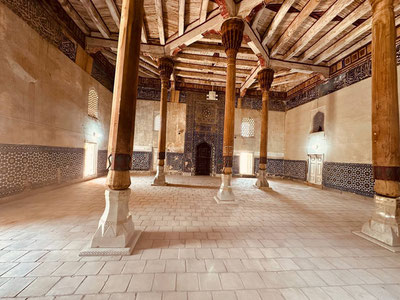
The mosque where the "Katta Langar Quran" was preserved has been restored
Read more...
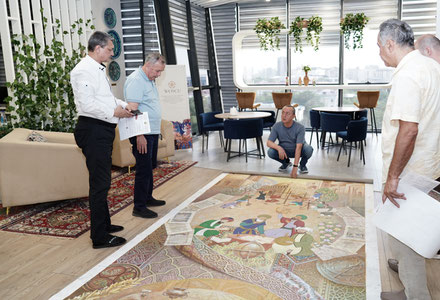
A look at history through monumental paintings
Read more...
